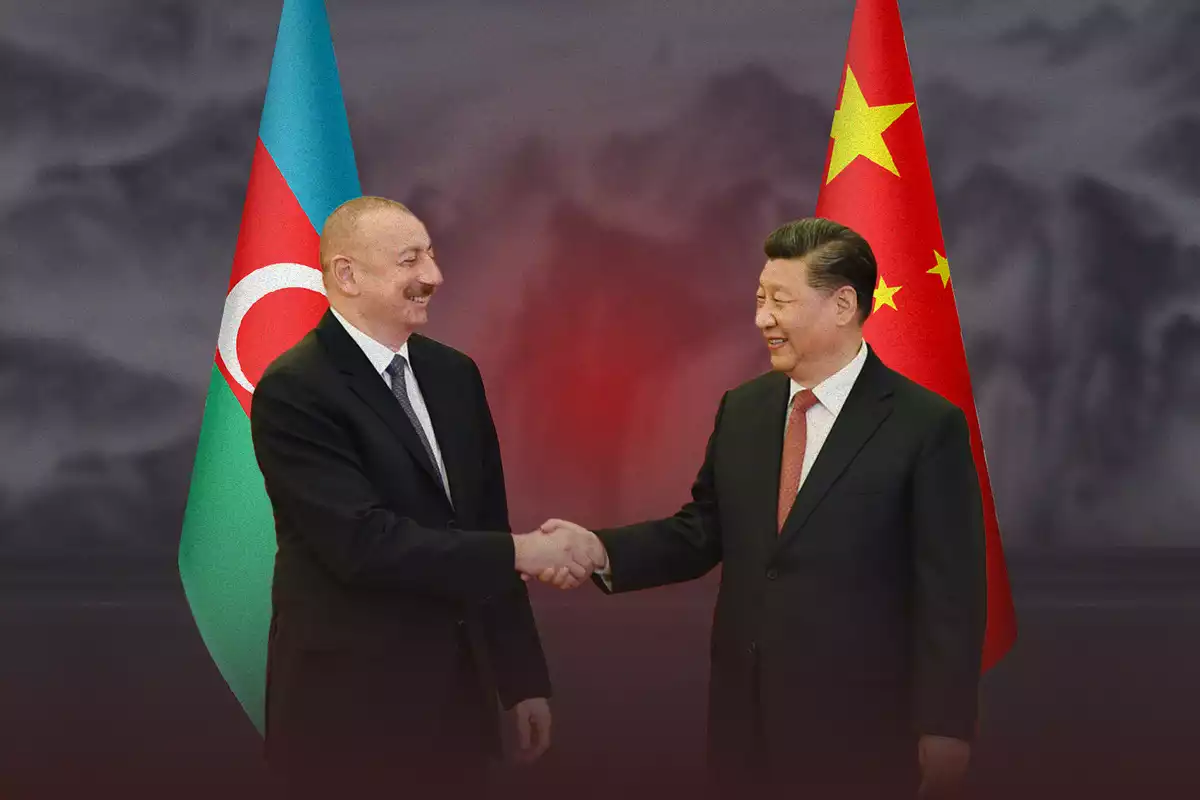
Photo credit: trendsresearch.org
By all historical accounts, global systems have always rested on the foundations of competition. From the earliest days of the Roman Republic, rising powers have had to contend with rivals to assert dominance. For Rome, this meant facing off against Carthage for supremacy in the Mediterranean. When Pax Romana was finally established and opposition neutralized, the republic transformed into an empire-one in which Roman citizens were provided food and money by the state. While seemingly generous, this internal complacency foreshadowed the eventual collapse of one of history’s greatest superpowers.
Centuries later, the British Empire experienced a similar arc. At its zenith, it became known as the “workshop of the world,” and the pound sterling was the most formidable currency in existence. Yet as history reminds us, nothing is eternal. The aftermath of World War II saw the emergence of new global players-chief among them the United States and the Soviet Union. Following the dissolution of the USSR, the United States briefly stood unchallenged at the helm of global leadership. But the status quo began to shift once more.
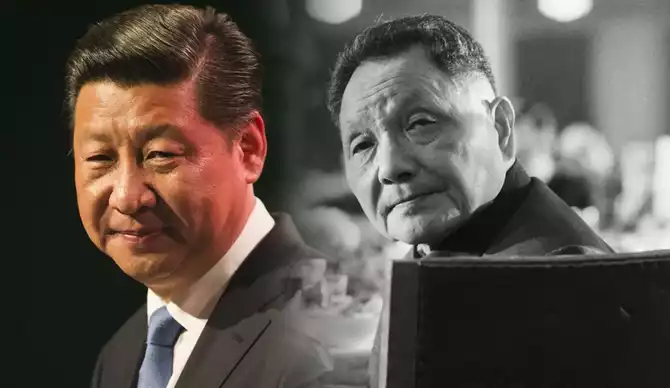
Combination portrait of Chinese leader Xi Jinping and former leader Deng Xiaoping. Photo: Facebook/Getty
In the aftermath of Deng Xiaoping’s sweeping reforms, China emerged as a formidable economic force. Low labor costs, intense discipline, and an unparalleled work ethic enabled the country to rapidly industrialize and expand its influence. In recent years, China has captivated the world not only through its technological prowess but also through its industrial achievements and state-led economic planning. By carefully managing production and logistics while leveraging a hybrid model of regulated market economics, China has transformed into a global manufacturing hub.
In 2024, the United States accounted for 26.3 percent of global GDP, valued at 28.7 trillion dollars, while China followed closely with 16.9 percent, or 18.5 trillion dollars. The two countries also led in global foreign direct investment flows. China’s achievements in this space have been particularly notable. In 2012, it attracted 950 billion dollars in FDI, earning it sixth place globally. By 2022, China’s total trade volume had soared to 3.8 trillion dollars-solid evidence of its appeal to international business and its growing gravitational pull on global markets.
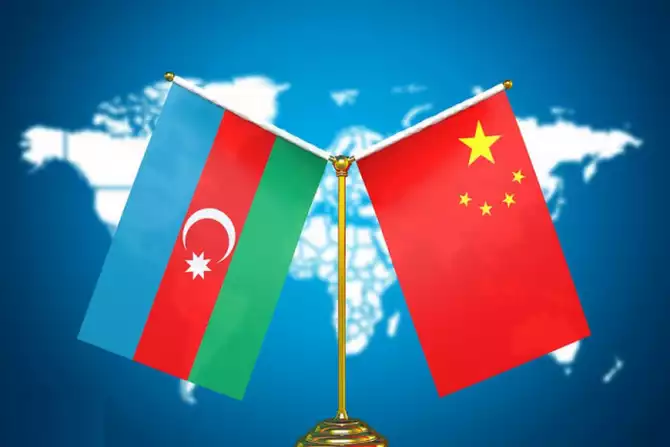
Photo credit: VCG
As global attention increasingly turns eastward, China’s rise has led many countries to seek deeper engagement. One such country is Azerbaijan, a key geopolitical player in the South Caucasus that finds itself at the crossroads of influence from the United States, Russia, the European Union, and China. Navigating such a landscape is no easy task. It requires a foreign policy that is measured, pragmatic, and finely calibrated-especially given the presence of unpredictable neighbors like Armenia and the Islamic Republic of Iran.
It is in this geopolitical context that Azerbaijani President Ilham Aliyev’s recent visit to China must be understood. On April 23, 2024, President Aliyev and Chinese President Xi Jinping signed a landmark Joint Statement on the Establishment of a Comprehensive Strategic Partnership between the Republic of Azerbaijan and the People’s Republic of China. The agreement spans nearly twenty key sectors, ranging from space exploration and green energy to intellectual property and the digital economy.
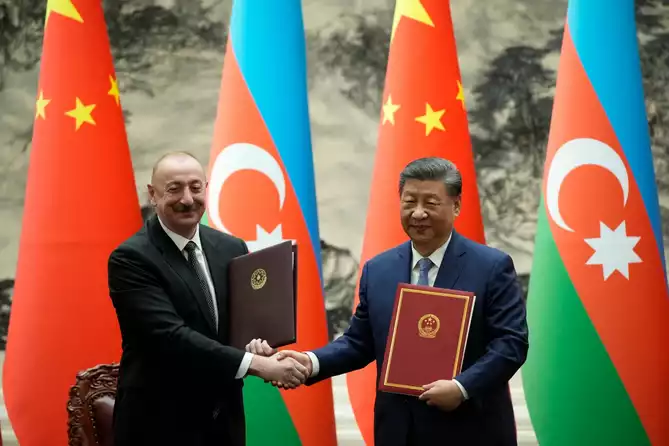
Photo credit: AFP
This diplomatic milestone was accompanied by a broad package of bilateral agreements. Azerbaijani Foreign Minister Jeyhun Bayramov and Chinese Foreign Minister Wang Yi signed both an Agreement on Mutual Visa Exemption for holders of ordinary passports and a Memorandum of Understanding on humanitarian demining cooperation between Azerbaijan’s Mine Action Agency and China’s Ministry of Foreign Affairs.
In a further deepening of legal cooperation, Azerbaijani Deputy Prime Minister Shahin Mustafayev and Minister Wang Yi signed a Treaty on Mutual Legal Assistance in Criminal Matters. Mustafayev also joined with Chen Xiaodong, Director of China’s International Development Cooperation Agency, to sign an Agreement on Technical and Economic Cooperation.
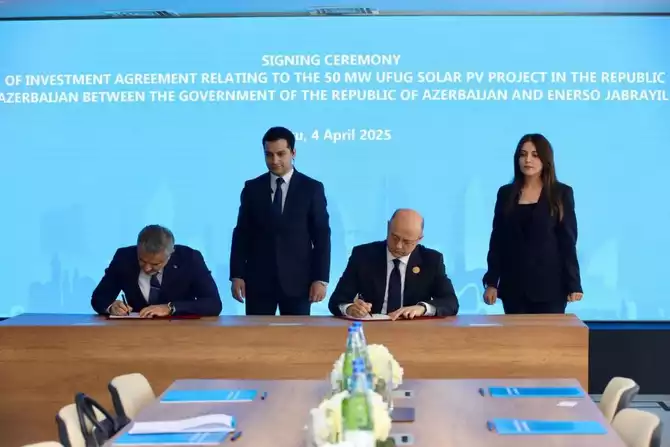
Photo: INews
Science and innovation were another focal point. Minister Bayramov and Chinese Minister of Science and Technology Yin Hejun signed a Protocol on Cooperation in Science and Technology. Justice ministries of both countries formalized ties through a Memorandum of Understanding, while a Protocol on Cultural Cooperation for 2025-2029 was signed between the respective Ministries of Culture and Tourism.
The scope of collaboration did not stop there. A range of memoranda were signed, including:
A Memorandum of Understanding between Azerbaijan’s Intellectual Property Agency and China’s National Intellectual Property Administration;
A memorandum between the Ministry of Digital Development and Transport of Azerbaijan and the China National Space Administration, focusing on peaceful space cooperation;
A memorandum between Azerbaijan’s State Oil Fund and the China Investment Corporation;
An agreement on joint efforts for green and low-carbon development between Azerbaijan’s Ministry of Ecology and Natural Resources and China’s National Development and Reform Commission.
Industrial and commercial ties were likewise expanded. Minister of Economy Mikayil Jabbarov and his Chinese counterpart, Minister of Industry and Information Technology Jin Zhuanglong, signed a memorandum on industrial cooperation. Jabbarov also co-signed two key agreements with Chinese Commerce Minister Wang Wentao: one on deepening bilateral cooperation in barrier-free trade, and another on investment collaboration in the digital economy.
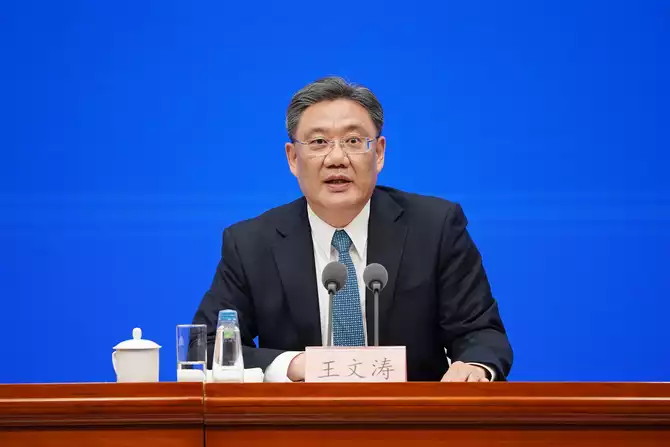
Photo: Xinhua | Chinese Commerce Minister Wang Wentao
At the strategic level, the two sides approved a Cooperation Plan to jointly promote China’s Belt and Road Initiative. This was complemented by a Memorandum of Understanding on digital economy cooperation between Azerbaijan’s Ministry of Economy and China’s Cyberspace Administration.
Additional agreements included:
An Agreement on International Multimodal Transportation;
A News Exchange and Cooperation Agreement between AZERTAC and China’s Xinhua News Agency;
A Cooperation Agreement between Azerbaijan Television and Radio Broadcasting Company (AzTV) and China Media Group.
Bilateral ties were further symbolized by the signing of a Letter of Intent to establish sister-city relations between Nakhchivan in the Nakhchivan Autonomous Republic of Azerbaijan and Ürümqi in China’s Xinjiang Uyghur Autonomous Region. Moreover, Azerbaijan reaffirmed its position on the “One China” policy, emphasizing that Taiwan is an inseparable part of the People’s Republic of China.
Taken together, these agreements amount to more than the sum of their parts. They mark a decisive leap forward in bilateral relations. Restrictions on information exchange, trade, science, and technology are being lifted. The Belt and Road Initiative is reviving a shared history that dates back to the second century BCE, when Azerbaijan served as a critical node on the ancient Silk Road.
Today, mutual investments and collaborative projects hold the potential to contribute not only to national prosperity but also to regional stability and global peace. The breadth and depth of the agreements signed between Azerbaijan and China signal a profound strategic alignment-one that reflects a shared vision of connectivity, development, and sovereign cooperation free from ideological constraints. At a time when much of the world is fragmenting into opposing blocs, this partnership illustrates that pragmatic diplomacy and mutual respect remain viable alternatives to confrontation.
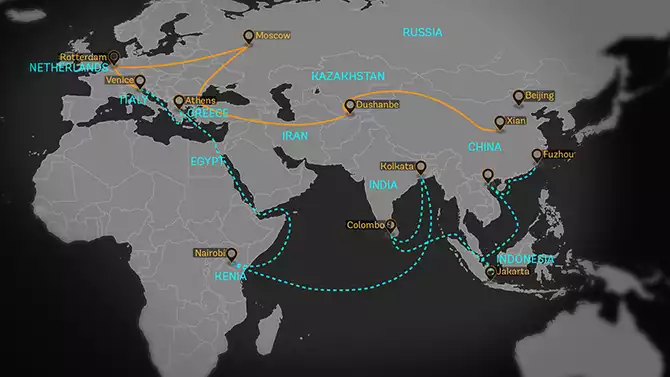
Photo: CNN
The revival of ancient trade corridors through the Belt and Road Initiative is not merely symbolic-it represents a tangible reweaving of commercial, cultural, and political ties between civilizations that once thrived through mutual exchange. Azerbaijan’s participation in this vision is not just about infrastructure and investment. It is a statement of intent to help shape the emerging multipolar world, where nations of all sizes can assert agency and pursue independent foreign policies that reflect their unique interests and identities.
In aligning more closely with China, Azerbaijan is not turning away from the West or from its traditional partners. Rather, it is embracing a strategy of diversification-building bridges in all directions to strengthen its sovereignty, broaden its opportunities, and ensure resilience amid global uncertainty. This is not merely a diplomatic pivot; it is a reflection of a deeper understanding: in a world increasingly defined by economic rivalry and geopolitical flux, those who thrive will be the ones who can engage with all sides without becoming beholden to any.
As the twenty-first century continues to unfold, Azerbaijan’s evolving relationship with China may well serve as a model for other small and mid-sized nations navigating the complex terrain of great power competition. It is a reminder that strategic clarity, rooted in national interest and executed with diplomatic finesse, remains one of the most powerful tools in international affairs today.
Share on social media